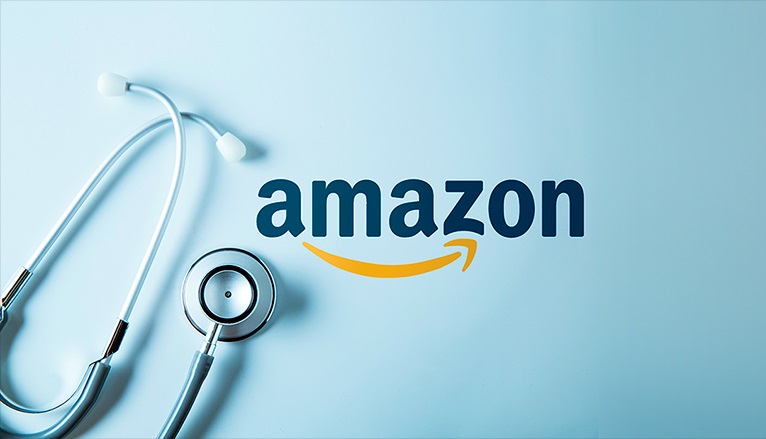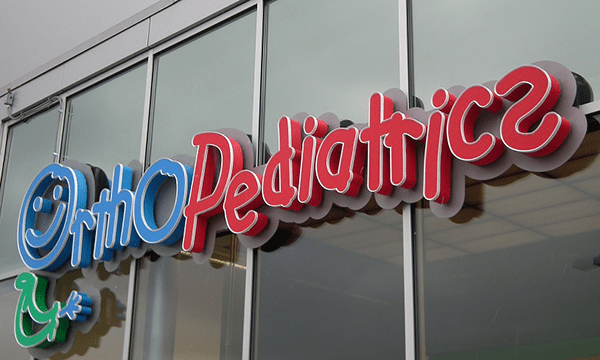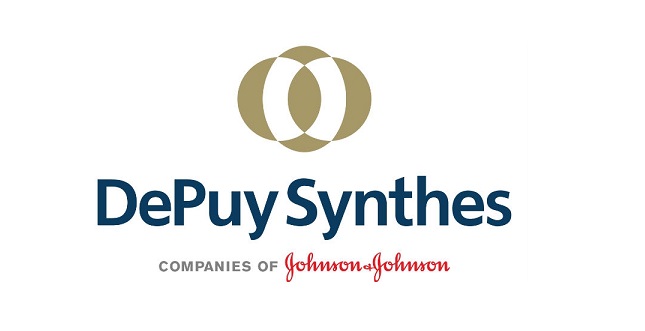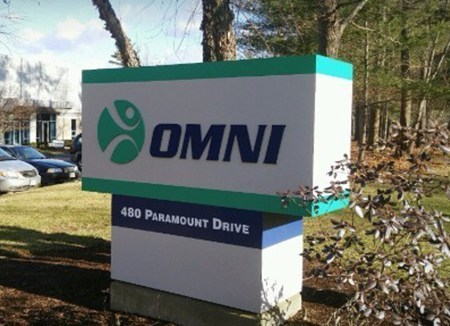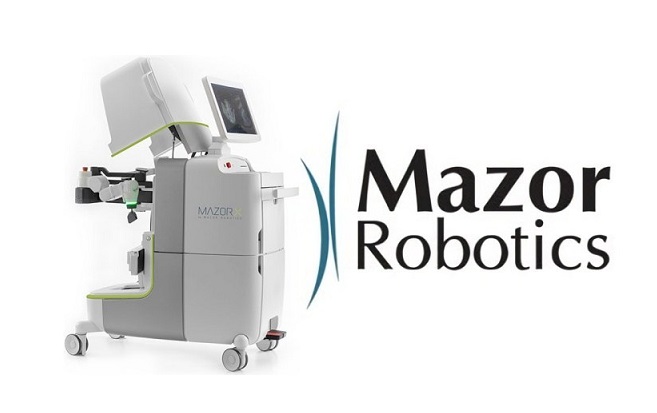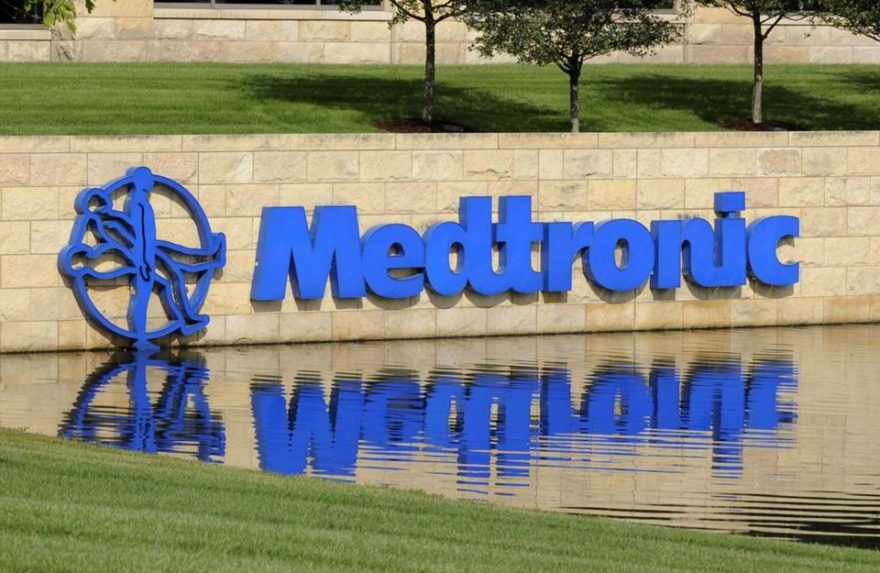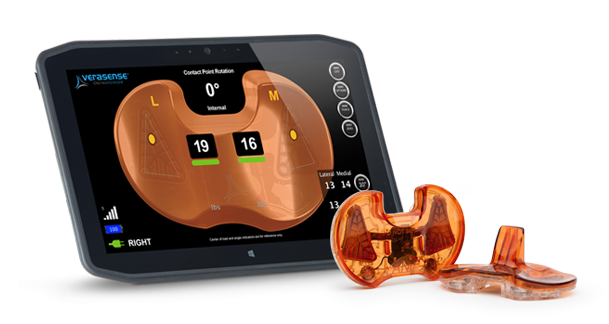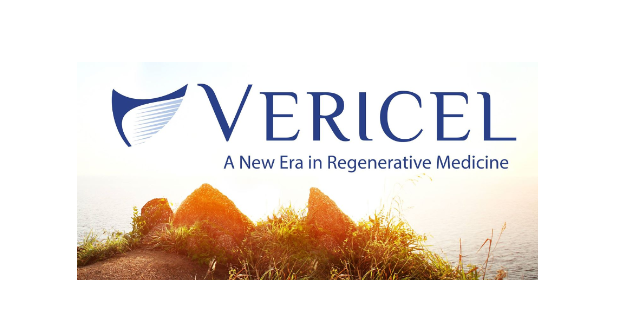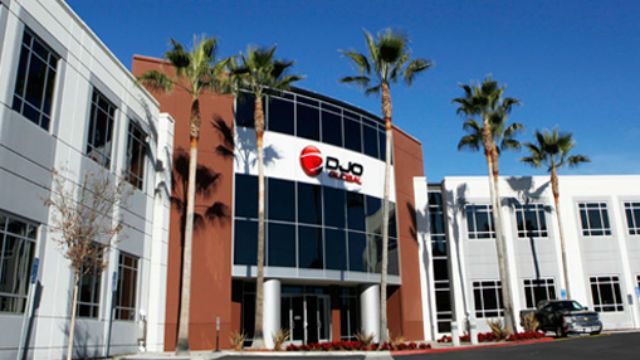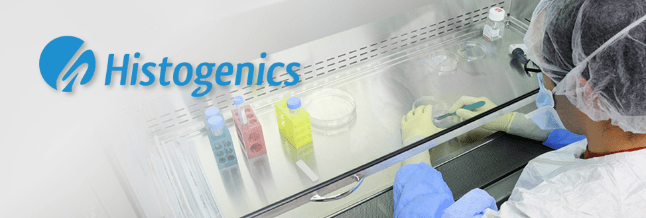CAMBRIDGE, Mass., May 08, 2018 (GLOBE NEWSWIRE) — Vericel Corporation (NASDAQ:VCEL), a leader in advanced cell therapies for the sports medicine and severe burn care markets, today reported financial results and business highlights for the first quarter ended March 31, 2018.
First Quarter 2018 Financial Highlights
- Total net revenues of $18.0 million compared to $9.4 million in the first quarter of 2017; first quarter 2017 revenues included a $2.8 million revenue reserve for Carticel® and MACI® related to a contractual dispute between one of the Company’s pharmacy providers and a third-party payer;
- Gross margins of 57% compared to gross margins of 24% in the first quarter of 2017;
- Net loss of $7.7 million, or $0.21 loss per share, which included warrant-related expense of $2.9 million, compared to net loss of $9.8 million, or $0.31 per share, in the first quarter of 2017, which included $0.1 million of warrant income;
- Non-GAAP adjusted EBITDA loss of $2.6 million compared to a loss of $5.9 million in the first quarter of 2017; and
- As of March 31, 2018, the company had $29.8 million in cash compared to $26.9 million in cash at December 31, 2017.
Recent Business Highlights
During and since the first quarter of 2018, the company:
- Achieved record first quarter revenues and the fourth straight quarter of 30% or greater revenue growth versus the same quarter of the prior year;
- Achieved the Company’s first quarter of positive operating cash flow;
- Deployed the expanded MACI (autologous cultured chondrocytes on porcine collagen membrane) sales force, which increased from 28 to 40 sales representatives;
- Launched the MACI ‘It’s Your Move’ campaign in partnership with world champion swimmer, five-time Olympian, and best-selling author Dara Torres; and
- Announced the publication of results from the Phase 3 SUMMIT Extension Study in the American Journal of Sports Medicine demonstrating sustained clinical benefit of MACI out to five years.
“We had a strong start to 2018 with significant revenue growth for both MACI and Epicel, and delivered the fourth straight quarter of 30% or higher revenue growth compared to the same quarter of the prior year,” said Nick Colangelo, president and CEO of Vericel. “We also reported significant margin improvements and generated the Company’s first quarter of positive operating cash flow as we continue to move our current business towards sustained profitability.”
First Quarter 2018 Results
Total net revenues for the quarter ended March 31, 2018 were $18.0 million, which included $12.1 million of MACI net revenue and $6.0 million of Epicel® (cultured epidermal autografts) net revenue, compared to $5.0 million of Carticel (autologous cultured chondrocytes) and MACI net revenue and $4.4 million of Epicel net revenue, respectively, in the first quarter of 2017. Total net revenues for the quarter ended March 31, 2017 included a $2.8 million revenue reserve for Carticel and MACI related to a contractual dispute between one of the Company’s pharmacy providers and a third-party payer. Total net revenues increased 93% compared to the first quarter of 2017, with MACI revenue increasing 141% and Epicel revenue increasing 37%, respectively, compared to the same period in 2017. Excluding the revenue reserve in the first quarter of 2017, non-GAAP net revenues increased 49%, with MACI revenue increasing 55% compared to first quarter of 2017.
Gross profit for the quarter ended March 31, 2018 was $10.4 million, or 57% of net revenues, compared to $2.3 million, or 24% of net revenues, for the first quarter of 2017.
Total operating expenses for the quarter ended March 31, 2018 were $14.7 million compared to $11.9 million for the same period in 2017.
Loss from operations for the quarter ended March 31, 2018 was $4.3 million, compared to a loss of $9.6 million for the first quarter of 2017. Material non-cash items impacting the operating loss for the quarter included $1.3 million of stock-based compensation expense and $0.4 million in depreciation expense.
Other expense for the quarter ended March 31, 2018 was $3.3 million compared to $0.2 million for the same period in 2017. The change in other expense for the quarter is primarily due to a $2.9 million change in the fair value of warrants.
Non-GAAP adjusted EBITDA loss was $2.6 million for the quarter ended March 31, 2018 compared to a loss of $5.9 millionin the same period in 2017. See table reconciling non-GAAP measures for more details.
Vericel’s net loss for the quarter ended March 31, 2018 was $7.7 million, or $0.21 per share, compared to a net loss of $9.8 million, or $0.31 per share, for the same period in 2017.
As of March 31, 2018, the company had $29.8 million in cash compared to $26.9 million in cash at December 31, 2017.
“Our first quarter results demonstrated continued momentum moving into our second year with MACI on the market and that investments made in Epicel are continuing to drive additional utilization,” added Mr. Colangelo. “We believe that an expanded MACI sales force in 2018, together with patient-focused marketing initiatives, will further strengthen our position in the market and build the foundation for strong revenue growth in the years ahead.”
Conference Call Information
Today’s conference call will be available live at 8:30am Eastern time in the Investor Relations section of the Vericel website at http://investors.vcel.com/events.cfm. Please access the site at least 15 minutes prior to the scheduled start time in order to download the required audio software if necessary. To participate in the live call by telephone, please call (877) 312-5881 and reference Vericel Corporation’s first-quarter 2018 investor conference call. If calling from outside the U.S., please use the international phone number (253) 237-1173.
If you are unable to participate in the live call, the webcast will be available at http://investors.vcel.com/events.cfm until May 8, 2019. A replay of the call will also be available until 11:30am (EST) on May 13, 2018 by calling (855) 859-2056, or from outside the U.S. (404) 537-3406. The conference ID is 1564056.
About Vericel Corporation
Vericel is a leader in advanced cell therapies for the sports medicine and severe burn care markets. The company markets two cell therapy products in the United States. MACI (autologous cultured chondrocytes on porcine collagen membrane) is an autologous cellularized scaffold product indicated for the repair of symptomatic, single or multiple full-thickness cartilage defects of the knee with or without bone involvement in adults. Epicel (cultured epidermal autografts) is a permanent skin replacement for the treatment of patients with deep dermal or full thickness burns greater than or equal to 30% of total body surface area. For more information, please visit the company’s website at www.vcel.com.
GAAP v. Non‑GAAP Measures
Vericel’s reported earnings are prepared in accordance with generally accepted accounting principles in the United States, or GAAP, and represent earnings as reported to the Securities and Exchange Commission. Vericel has provided in this release financial information that has not been prepared in accordance with GAAP. Vericel’s management believes that adjusted EBITDA loss described in the release, or EBITDA loss adjusted for specific items that are generally not indicative of our core operations, provides additional information that is useful to investors in understanding Vericel’s underlying performance, business and performance trends, and helps facilitate period to period comparisons and compare its financial measures with other companies in Vericel’s industry. However, non-GAAP financial measures that Vericel uses may differ from measures that other companies may use. Non-GAAP financial measures are not required to be uniformly applied, are not audited and should not be considered in isolation or as substitutes for results prepared in accordance with GAAP.
Epicel®, MACI® and Carticel® are registered trademarks of Vericel Corporation. © 2018 Vericel Corporation. All rights reserved.
This document contains forward-looking statements, including, without limitation, statements concerning anticipated progress, objectives and expectations regarding the commercial potential of our products and growth in revenues, and objectives and expectations regarding our company described herein, all of which involve certain risks and uncertainties. These statements are often, but are not always, made through the use of words or phrases such as “anticipates,” “intends,” “estimates,” “plans,” “expects,” “we believe,” “we intend,” “guidance,” ”outlook,” “future,” and similar words or phrases, or future or conditional verbs such as “will,” “would,” “should,” “potential,” “could,” “may,” or similar expressions. Actual results may differ significantly from the expectations contained in the forward-looking statements. Among the factors that may result in differences are the inherent uncertainties associated with our expectations regarding 2018 revenues, our ability to achieve or sustain profitability, our need to generate significant sales to become profitable, potential fluctuations in sales volumes and our results of operations over the course of the year, competitive developments, estimating the commercial growth potential of our products and product candidates and growth in revenues and improvement in costs, market demand for our products, our ability to secure consistent reimbursement for our products, changes in third party coverage and reimbursement, any disruption or delays in operations at our facilities, our dependence on a limited number of third party suppliers, our ability to maintain and expand our network of direct sales employees, and our ability to supply or meet customer demand for our products. These and other significant factors are discussed in greater detail in Vericel’s Annual Report on Form 10-K for the year ended December 31, 2017, filed with the Securities and Exchange Commission (“SEC”) on March 5, 2018, Quarterly Reports on Form 10-Q and other filings with the SEC. These forward-looking statements reflect management’s current views and Vericel does not undertake to update any of these forward-looking statements to reflect a change in its views or events or circumstances that occur after the date of this release except as required by law.
vcel-fin
Global Media Contacts:
David Schull
Russo Partners LLC
+1 212-845-4271 (office)
+1 858-717-2310 (mobile)
David.schull@russopartnersllc.com
Karen Chase
Russo Partners LLC
+1 646-942-5627 (office)
+1 917-547-0434 (mobile)
Karen.chase@russopartnersllc.com
Investor Contacts:
Chad Rubin
Solebury Trout
crubin@troutgroup.com
+1 (646) 378-2947
Lee Stern
Solebury Trout
lstern@troutgroup.com
+1 (646) 378-2922
VERICEL CORPORATION
CONDENSED CONSOLIDATED BALANCE SHEETS
(unaudited, amounts in thousands)
|
March 31, |
|
December 31, |
|
2018 |
|
2017 |
| ASSETS |
|
|
|
| Current assets: |
|
|
|
| Cash |
$ |
29,777 |
|
|
$ |
26,862 |
|
| Accounts receivable (net of allowance for doubtful accounts of $315 and $249, respectively) |
13,162 |
|
|
18,270 |
|
| Inventory |
3,905 |
|
|
3,793 |
|
| Other current assets |
1,358 |
|
|
1,581 |
|
| Total current assets |
48,202 |
|
|
50,506 |
|
| Property and equipment, net |
4,207 |
|
|
4,071 |
|
| Total assets |
$ |
52,409 |
|
|
$ |
54,577 |
|
| LIABILITIES AND SHAREHOLDERS’ EQUITY |
|
|
|
| Current liabilities: |
|
|
|
| Accounts payable |
$ |
5,768 |
|
|
$ |
5,552 |
|
| Accrued expenses |
4,007 |
|
|
5,573 |
|
| Short term deferred rent |
426 |
|
|
420 |
|
| Current portion of term loan credit agreement (net of deferred costs of $69 and $67, respectively) |
1,597 |
|
|
350 |
|
| Warrant liabilities |
1,921 |
|
|
1,014 |
|
| Other |
159 |
|
|
181 |
|
| Total current liabilities |
13,878 |
|
|
13,090 |
|
| Revolving and term loan credit agreement (net of deferred costs of $185 and $196, respectively) |
15,649 |
|
|
16,888 |
|
| Long term deferred rent |
1,947 |
|
|
2,059 |
|
| Total liabilities |
31,474 |
|
|
32,037 |
|
| COMMITMENTS AND CONTINGENCIES |
|
|
|
| Shareholders’ equity: |
|
|
|
Common stock, no par value; shares authorized — 75,000; shares issued and outstanding — 36,502
and 35,861, respectively |
389,074 |
|
|
383,020 |
|
| Warrants |
397 |
|
|
397 |
|
| Accumulated deficit |
(368,536 |
) |
|
(360,877 |
) |
| Total shareholders’ equity |
20,935 |
|
|
22,540 |
|
| Total liabilities and shareholders’ equity |
$ |
52,409 |
|
|
$ |
54,577 |
|
|
VERICEL CORPORATION
CONDENSED CONSOLIDATED STATEMENTS OF OPERATIONS
(unaudited, amounts in thousands except per share amounts)
|
Three Months Ended March 31, |
|
2018 |
|
2017 |
| Product sales, net |
$ |
18,027 |
|
|
$ |
9,361 |
|
| Cost of product sales |
7,666 |
|
|
7,109 |
|
| Gross profit |
10,361 |
|
|
2,252 |
|
| Research and development |
3,729 |
|
|
3,467 |
|
| Selling, general and administrative |
10,954 |
|
|
8,408 |
|
| Total operating expenses |
14,683 |
|
|
11,875 |
|
| Loss from operations |
(4,322 |
) |
|
(9,623 |
) |
| Other income (expense): |
|
|
|
| (Increase) decrease in fair value of warrants |
(2,907 |
) |
|
107 |
|
| Foreign currency translation (loss) |
(44 |
) |
|
(1 |
) |
| Interest income |
— |
|
|
1 |
|
| Interest expense |
(432 |
) |
|
(262 |
) |
| Other income |
46 |
|
|
— |
|
| Total other income (expense) |
(3,337 |
) |
|
(155 |
) |
| Net loss |
$ |
(7,659 |
) |
|
$ |
(9,778 |
) |
|
|
|
|
| Net loss per share attributable to common shareholders (Basic and Diluted) |
$ |
(0.21 |
) |
|
$ |
(0.31 |
) |
| Weighted average number of common shares outstanding (Basic and Diluted) |
36,140 |
|
|
31,896 |
|
|
|
|
|
|
|
|
|
|
|
|
|
| RECONCILIATION OF REPORTED NET LOSS (GAAP) TO ADJUSTED EBITDA (NON-GAAP MEASURE) – UNAUDITED |
|
|
|
|
|
|
|
Three Months Ended March 31, |
| (In thousands) |
|
2018 |
|
2017 |
| Net loss (GAAP) |
|
$ |
(7,659 |
) |
|
$ |
(9,778 |
) |
| Change in fair value of warrants |
|
2,907 |
|
|
(107 |
) |
| Revenue reserve related to a dispute between pharmacy provider and payer |
|
— |
|
|
2,775 |
|
| Stock compensation expense |
|
1,342 |
|
|
502 |
|
| Depreciation and amortization |
|
427 |
|
|
409 |
|
| Net interest expense |
|
432 |
|
|
261 |
|
| Adjusted EBITDA (Non-GAAP) |
|
$ |
(2,551 |
) |
|
$ |
(5,938 |
) |

Source: Vericel Corporation

